It is important for children to learn to regulate emotions but this learning doesn”™t just happen by accident – children need support to develop the skills and behaviors of emotional regulation, and this simple felt play resource offers a great place to start when working with little ones.
Learning to regulate emotions involves learning to:
- Recognize a range of emotions
- Use language to express one”™s feelings
- Calm oneself in the face of big or overwhelming emotions
- Be empathetic towards others.
Young children are still learning about their place in the social world. They are easily overwhelmed by their emotions and often struggle to respond to big emotions in socially appropriate ways. Finding playful activities like these felt faces, that engage young children with recognizing, thinking and talking about emotions is an important first step in helping them learn to regulate these big emotions.
How to Make Big Emotions Felt Faces
You will need:
- White felt
- Colored felt
- Permanent markers ”“ I used Sharpies
- A felt board for play
To make:
First, don”™t worry about your drawing ability. After years of working with children I can tell you, they are 1) very forgiving and 2) have great imaginations!
To start, I cut a collection of head shapes from colored felt. I just aimed for an oval shape with an ear on each side.
For the eyes, I started with a basic oval shape and drew a range of different colored eyeballs with Sharpies onto white felt.
Next up I drew a series of different mouth shapes with Sharpies onto white felt. If you are not sure what sorts of shapes to draw, think about the simple mouth shapes used for emoji.
And lastly, I added a set of noses ”“ now noses, they are tricky to draw! You could also cut some different colored hair styles if you wish.
To play:
The great thing about these faces is that kids just can”™t help but switch around the parts whenever they walk past the felt board! To begin, I simply set up the faces and the extra pieces on the board and left it for my children to discover. Both my 5- and my 9-year-old daughters have repeatedly revisited and re-arranged the facial expressions in the weeks since I created this set.
Support your child”™s play and learning further by;
- Naming an emotion and asking your child to make a felt face on the board that represents that emotion. Then make your own faces look the same way.
- Taking turns to make a face and then guessing which emotion you think the other person made. Follow up by talking about a time you felt this way.
- Make a felt face on the board and identify it together. Talk about how your body feels when you experience that particular emotion (exploring both positive and negative emotions)
- Talk together about ways to manage overwhelming emotions
Most importantly, keep the conversation light and the learning fun, providing your child with a playful space to explore and understand feelings.
Christie Burnett is the teacher, author, and blogger behind the playful online space known as Childhood 101. Christie”™s passion for play and creativity led her to start her award-winning blog shortly after the birth of her first daughter. Nowadays she can typically be found juggling the demands of family life with time tapping away at her keyboard, at least when she hasn”™t just dropped it all to join her daughters in whatever their latest game or project might be! Connect with Christie on her blog or via Facebook.
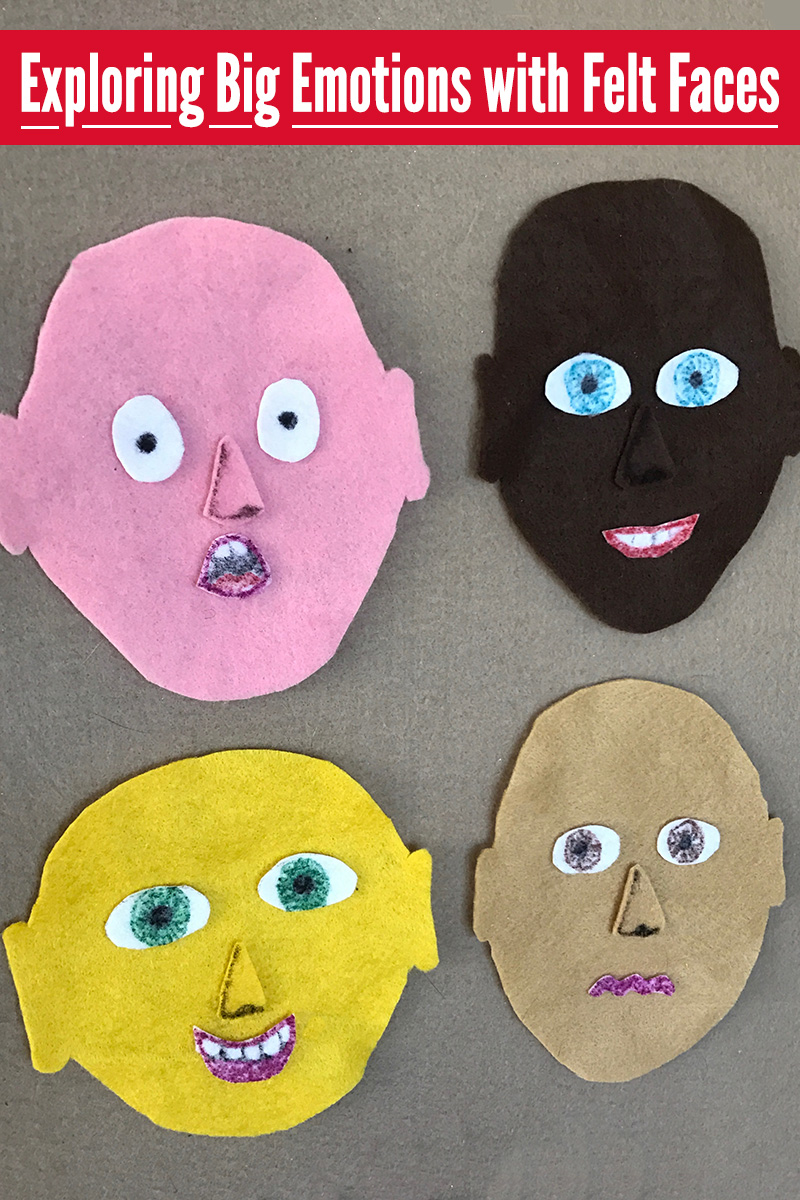
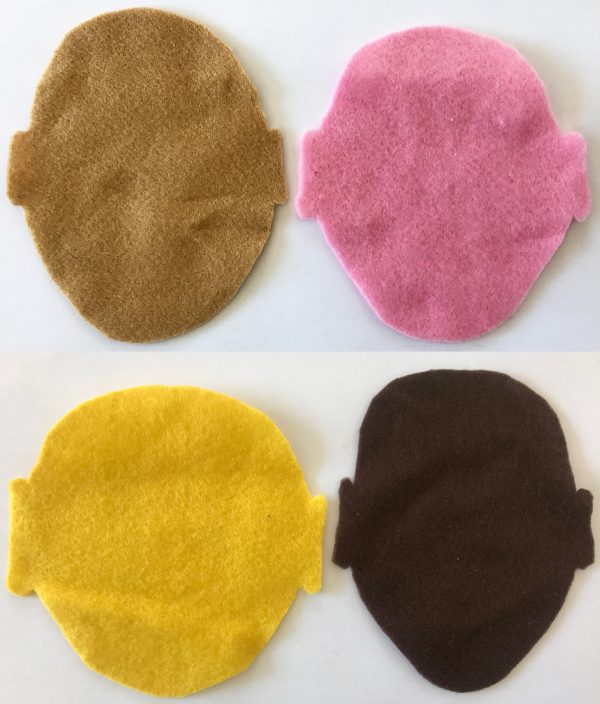
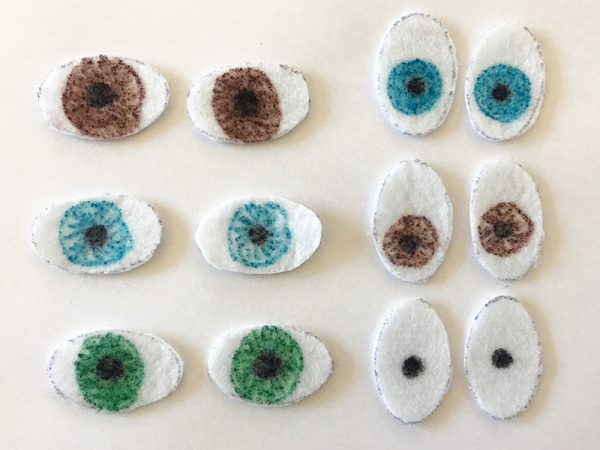
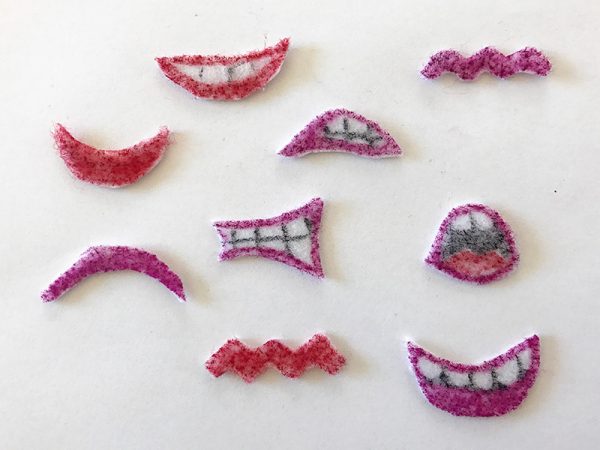
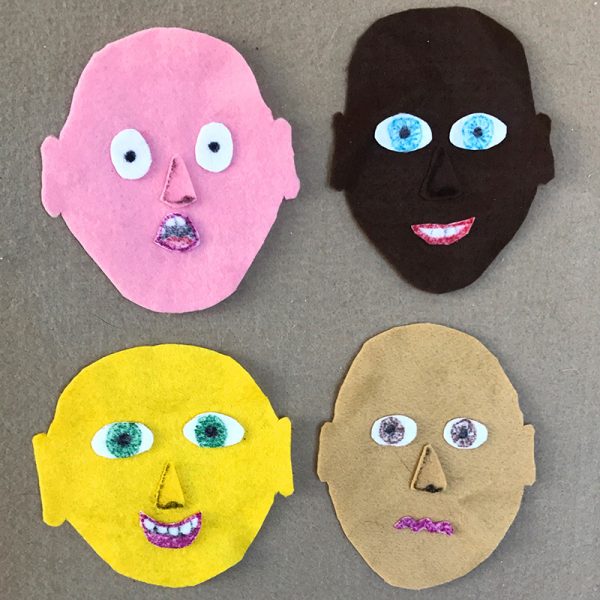

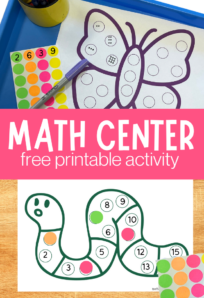
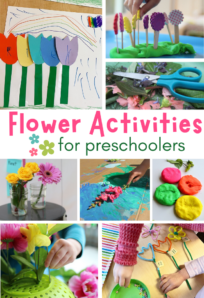
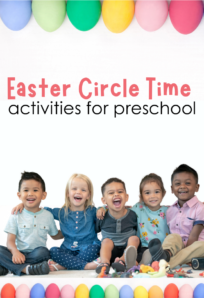
Leave a Comment